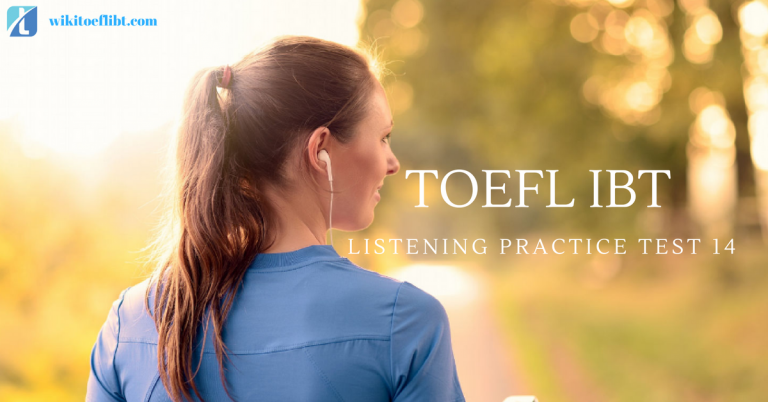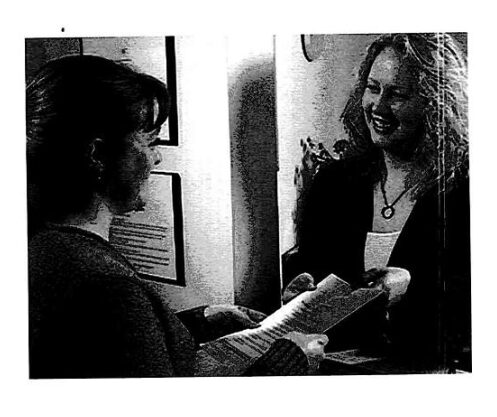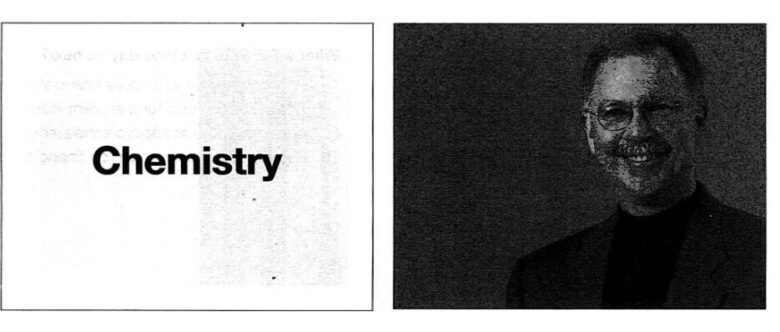Conversation 24-28: O Listen to part of a conversation between a student and a university employee.
24. Why does the student visit the Financial Aid Office?
A To attempt to renew her need-based scholarship
B To complain about the recent increase in tuition
C To ask about the possibility of additional assistance ;
D. To apply for some additional forms of financial aid
25. According to the student, what kind of financial aid is she currently receiving?
Click on 2 answer choices.
A) An athletic scholarship
B) A need-based scholarship ;
C) A student loan
D) An academic scholarship
26. Listen again to part of the conversation. Then answer the question,
A. To express her doubt at the possibility of the man’s idea succeeding
B. TO state that she believes that the man’s suggestion is excellent ;
C. To encourage the man to give her another different suggestion
D. TO declare that she is not very interested in the man’s suggestion
27. What can be inferred about the student?
A. She was raised in a poor environment.
B She is currently majoring in science.
C She prefers to spend her time studying.
D She expects to withdraw from school.
28. What will the student probably do next?
A. Provide the man with more financial details
B. Complete the form for a student loan
C. Apply for some academic scholarships
D. Request more information on financial aid
Lecture 29~34: O Listen to part of a lecture in a chemistry class.
29. What aspect of chemistry does the professor discuss?
(A) The discovery of the atom :
B. The Greek view of the elements
C. The structure and history of the Periodic Table
D. The noble gases and rare earth elements
30. According to the professor, what determines the isotope of an element?
A. The atomic weight
B. The number of protons
C. The number of neutrons
D. The number of electrons
31. Listen again to a part of the lecture. Then answer the question.
A. Most of what he will say was discovered by people a long time ago.
B. The majority of students should already have learned the material.
C. The students should have read their books before coming to class.
D. The students need to pay closer attention than they did in high school.
32. How does the professor organize the lecture?
A. By dividing the discussion into two main parts
B. By making a point and then providing an example
C. By discussing the points in chronological order
D. By providing a conclusion and then the reasons for it
33. In the lecture, the professor explains the makeup of the atom. Indicate to which part of the atom the following statement is related.
Click in the correct box for each sentence.
| Nucleus | Proton | Electron | Neutron | |
| (A) It has no electric charge. | ||||
| B. It consists of two other parts of the atom. | ||||
| (C) It bonds with other elements to make molecules. | ||||
| D. It determines the element’s atomic number. |
34. What does the professor imply about the size of the Periodic Table of the Elements in the future?
A. It will remain the same.
B. It will increase in size.
C. It will be reorganized.
D. It will be replaced.



